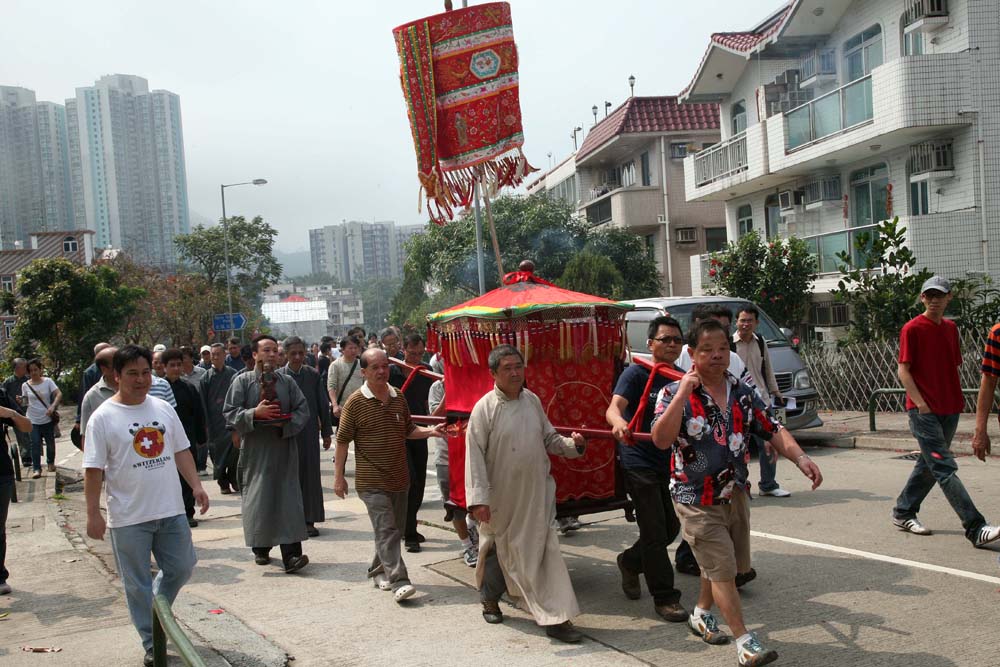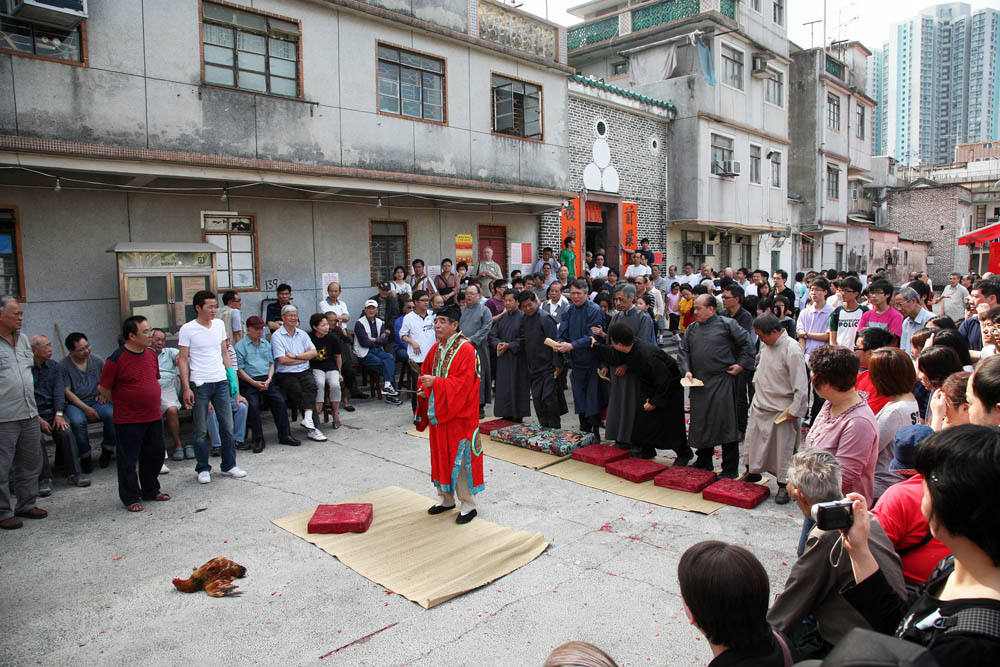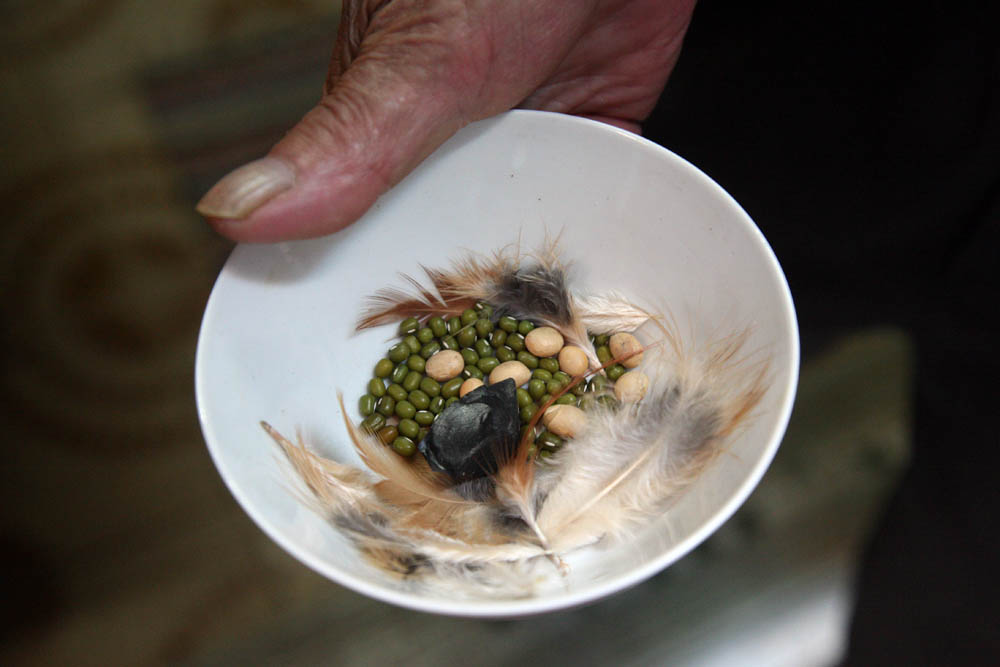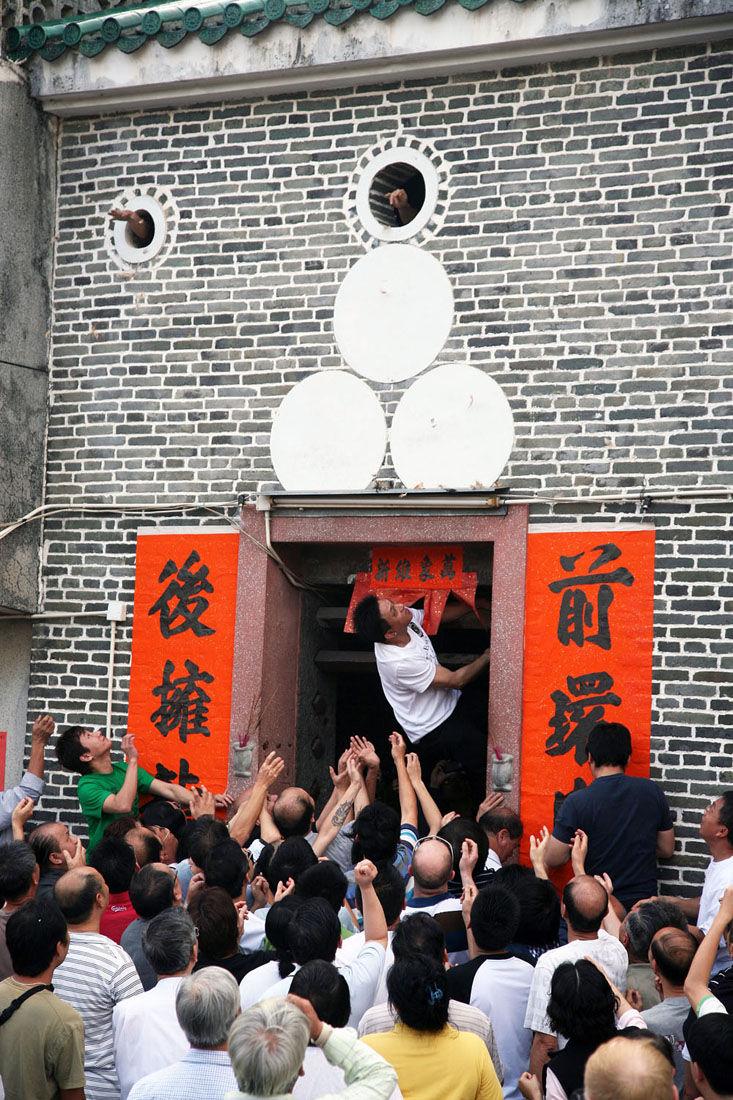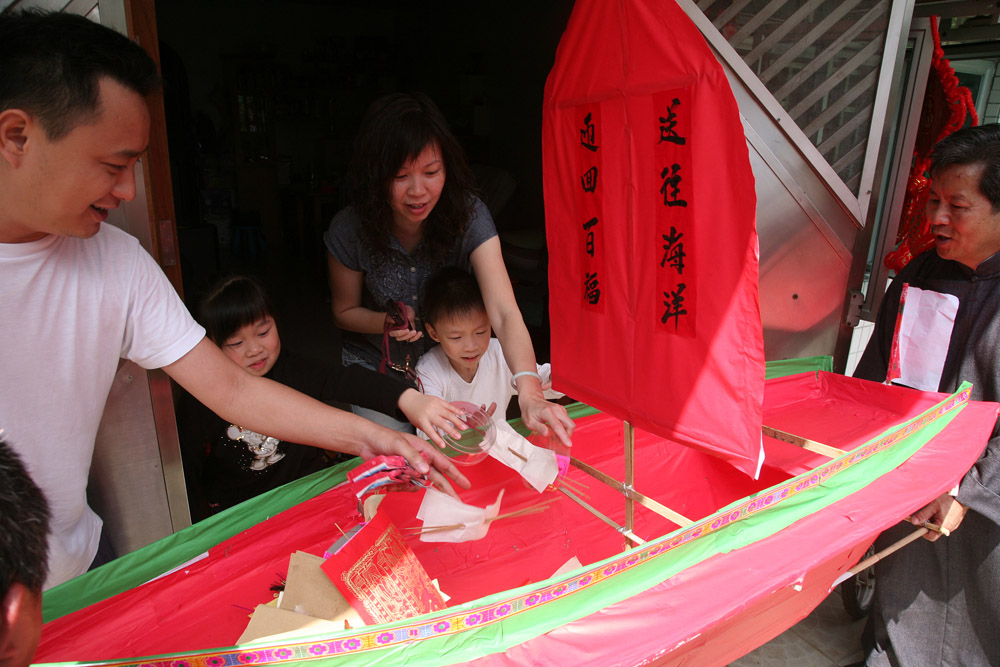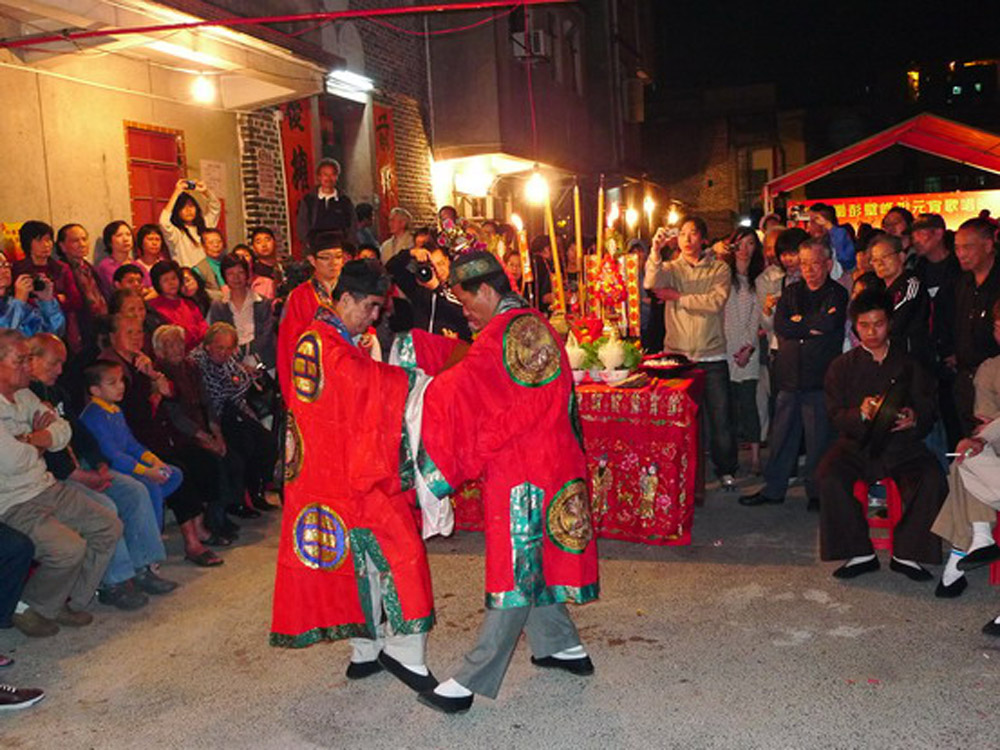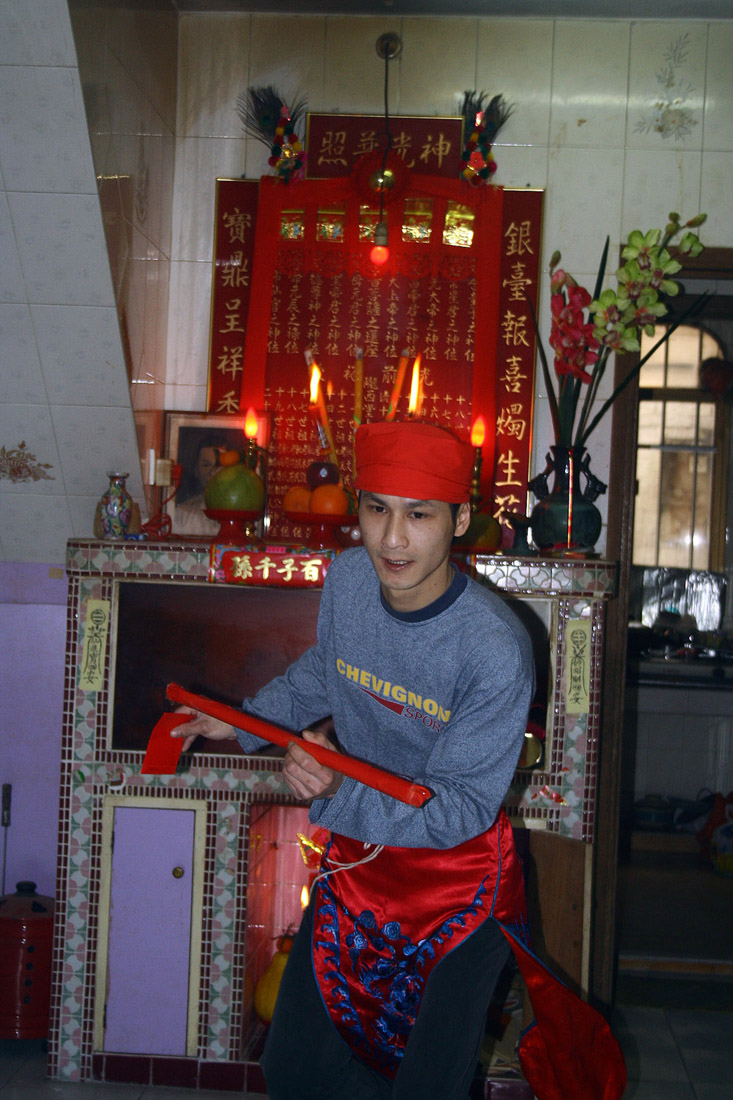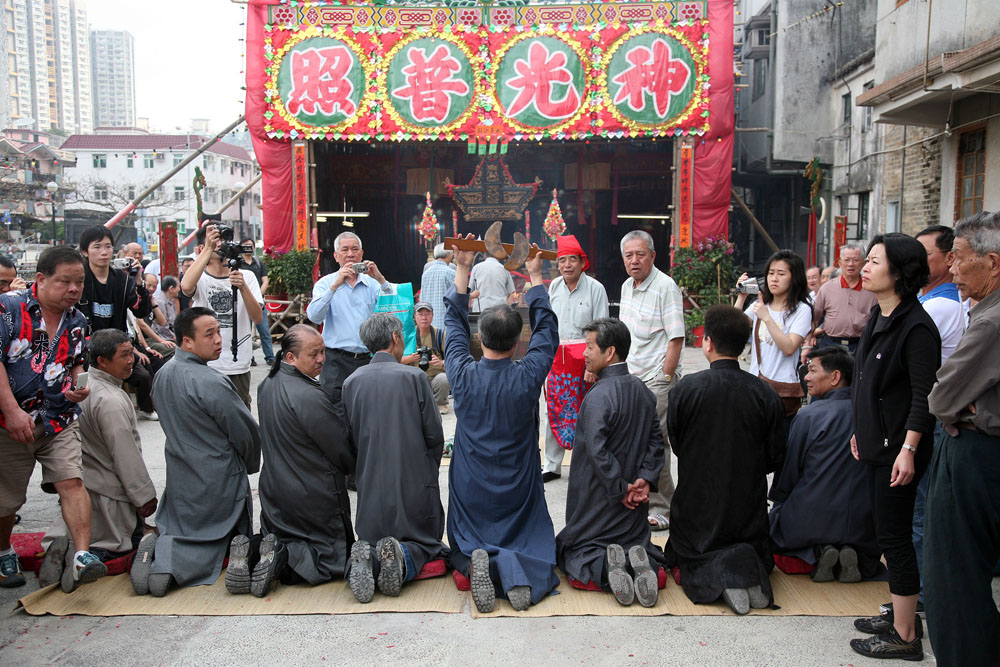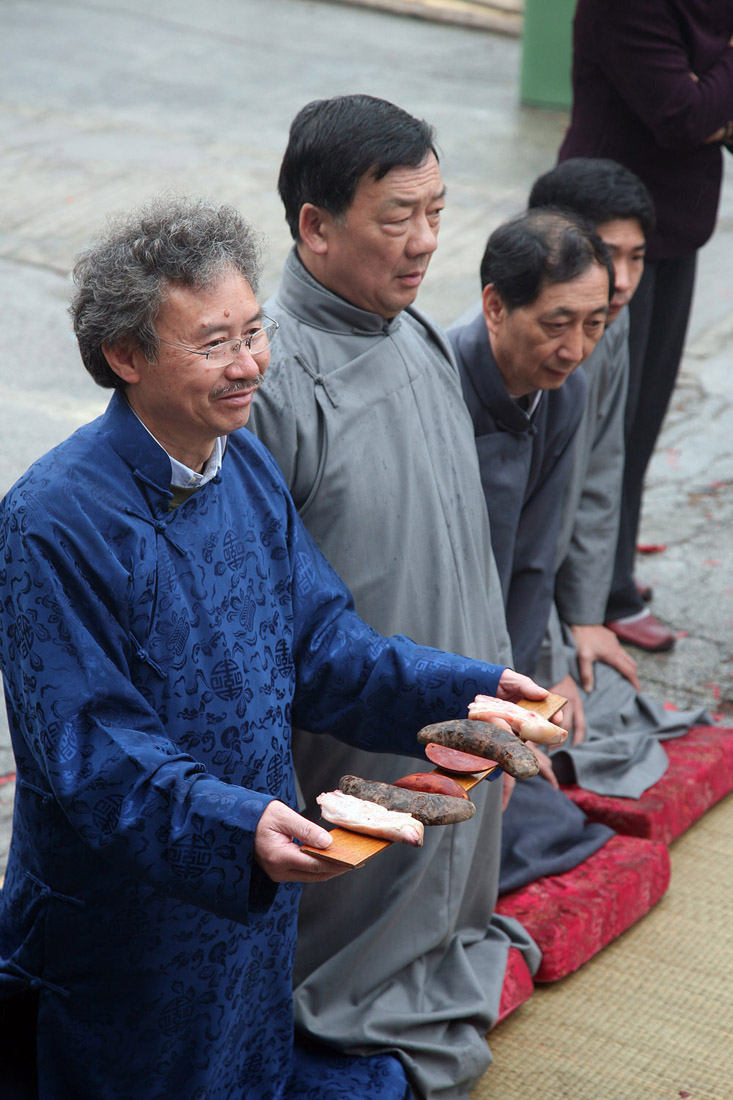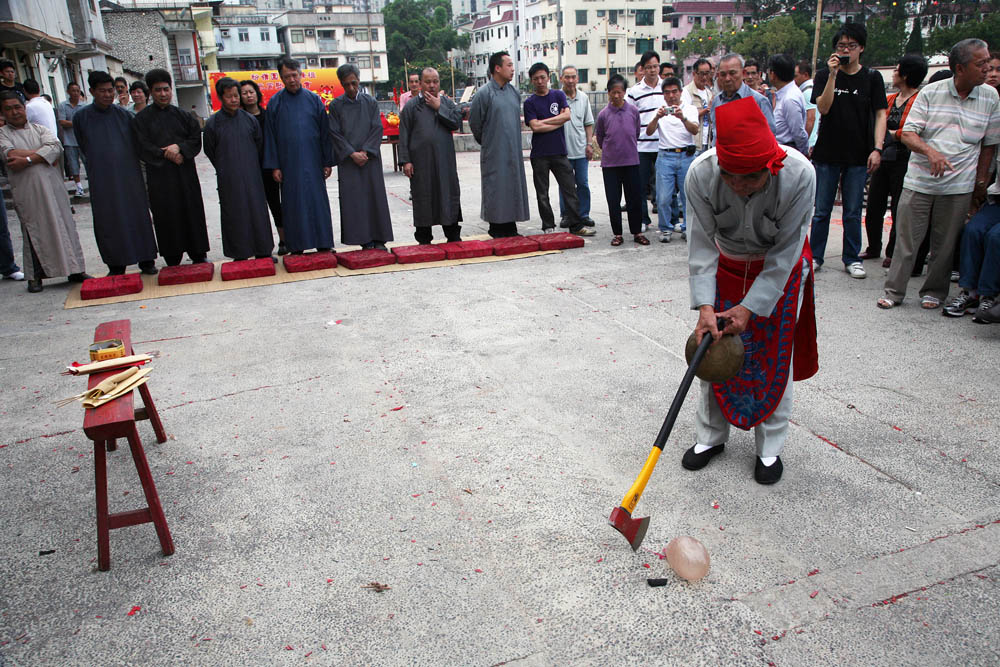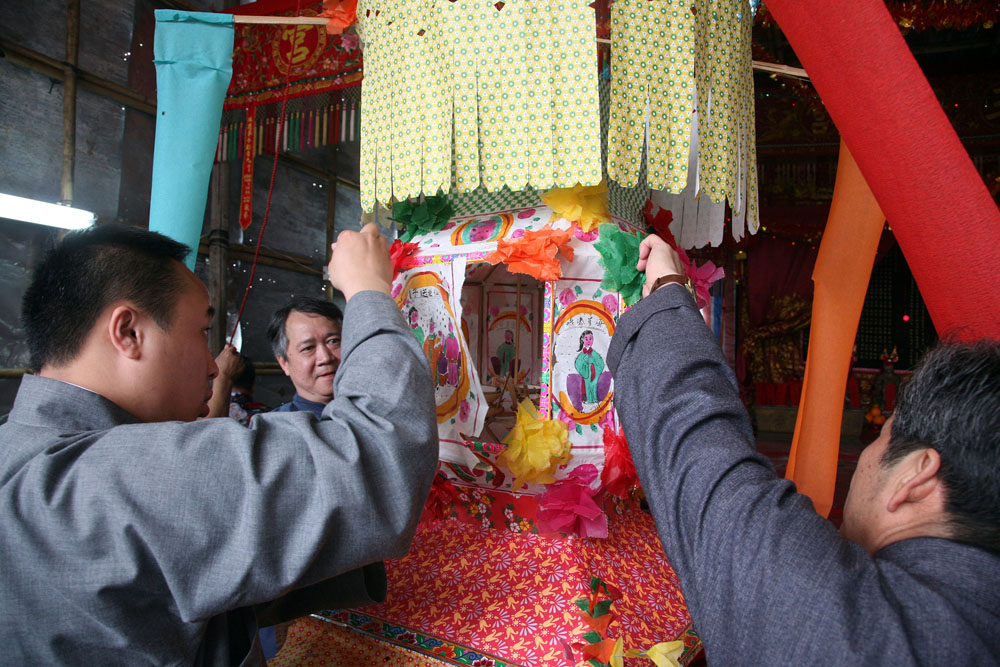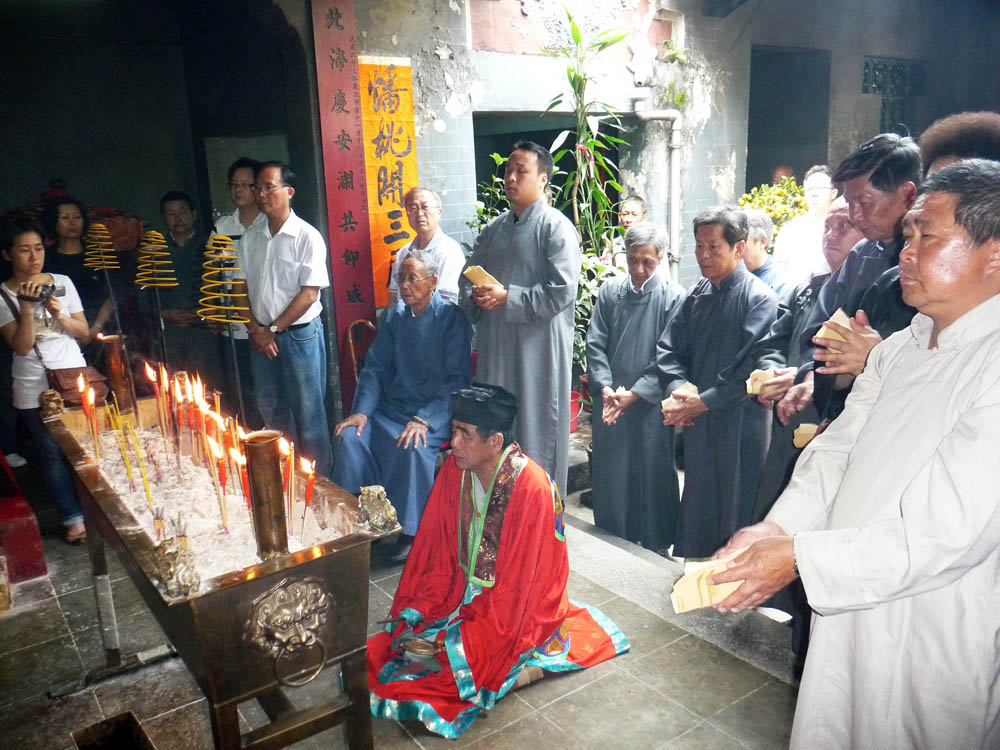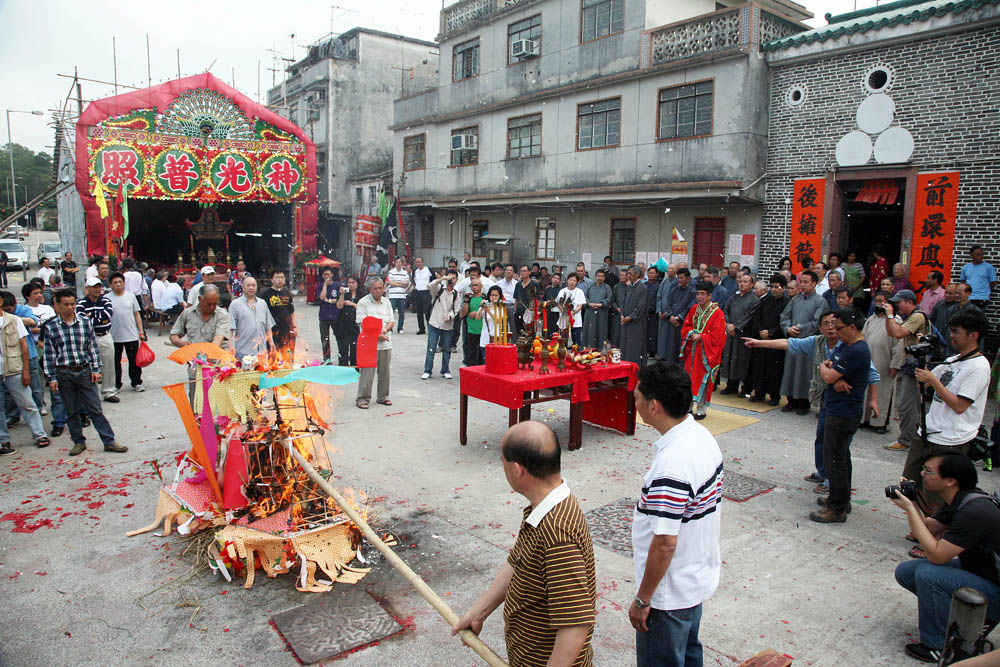-
History & Society
- Education in Pre-war Hong Kong
- History of Taikoo Sugar Refinery
- Hong Kong Products Exhibition
- Local Festivals Around the Year
- Post-war Industries
- Pre-war Industry
- The Hong Kong Jockey Club Archives
- Tin Hau Festival
- Memories We Share: Hong Kong in the 1960s and 1970s
- History in Miniature: The 150th Anniversary of Stamp Issuance in Hong Kong
- A Partnership with the People: KAAA and Post-war Agricultural Hong Kong
- The Oral Legacies (I) - Intangible Cultural Heritage of Hong Kong
- Hong Kong Currency
- Hong Kong, Benevolent City: Tung Wah and the Growth of Chinese Communities
- The Oral Legacies Series II: the Representative List of the Intangible Cultural Heritage of Hong Kong
- Braving the Storm: Hong Kong under Japanese Occupation
- A Century of Fashion: Hong Kong Cheongsam Story
Geography & EnvironmentArt & Culture- Calendar Posters of Kwan Wai-nung
- Festival of Hong Kong
- Ho Sau: Poetic Photography of Daily Life
- Hong Kong Cemetery
- Sketches by Kong Kai-ming
- The Culture of Bamboo Scaffolding
- The Legend of Silk and Wood: A Hong Kong Qin Story
- Journeys of Leung Ping Kwan
- From Soya Bean Milk To Pu'er Tea
- Applauding Hong Kong Pop Legend: Roman Tam
- 他 FASHION 傳奇 EDDIE LAU 她 IMAGE 百變 劉培基
- A Eulogy of Hong Kong Landscape in Painting: The Art of Huang Bore
- Imprint of the Heart: Artistic Journey of Huang Xinbo
- Porcelain and Painting
- A Voice for the Ages, a Master of his Art – A Tribute to Lam Kar Sing
- Memories of Renowned Lyricist: Richard Lam Chun Keung's Manuscripts
- Seal Carving in Lingnan
- Literary Giant - Jin Yong and Louis Cha
-
History & SocietyGeography & EnvironmentArt & Culture
-
View Oral History RecordsFeatured StoriesAbout Hong Kong Voices
-
Hong Kong MemoryLocal Festivals Around the YearRecently Visited
Tai Ping Hung Chiu
-
15th to 16th of the 1st month of the Lunar Calendar
Tai Ping Hung Chiu Ceremony is a long-running ceremony of the walled city in the New Territories. Now, only the Pang Clan of Fanling Wai, the Hou Clan of Kam Tsin Village in Sheung Shui, and the Hou Clan of Ping Kong Village in Sheung Shui organize this ceremony every year. Fanling Wai and Ping Kong Village organize this ceremony on 15th and 16th of the 1st month of the lunar calendar; the Kam Tsin Village organizes it on 18th and 19th. Fanling Wai has retained the custom of rooster feather scrambling, and is unique to Hong Kong.
-
The origin of “Hung Chiu”
The Chinese character “Hung” (洪) has the meaning of “disaster” – pandemics, diseases, natural disasters and wars, while the character “Chiu” (朝) has the meaning of “worship”. Therefore “Hung Chiu” means their pray for the gods’ blessings to ensure the safety of inhabitants and livestock. Today, the villagers are no longer threatened by the disasters and no longer rear livestock, but to show respect to their roots they continue to hold the ceremony every year, praying for good weather and proliferation of descendants instead.
Before holding the ceremony, the villagers of Fanling Wai first went to Sam Shing Temple and carried the shrines of Bak Dai (Deity of the North), Man Cheung Dai (Deity of Literacy) and Kwan Dai (Deity of War) to the makeshift altar at the gate of the walled village. The entire Tai Ping Hung Chiu ceremony w as overseen by a Taoist priest, who guided eightceremonial leaders to pray for the dispelling of disaster and the giving of blessings on behalf of all villagers.
-
Rooster Feather Scrambling and Paper Boat Firing
At around 10 am on the 15th of the 1st month of the Lunar Calendar, the villagers took one rooster to an elevated location at the gate of the walled village, plucked its feathers and dropped them through a circular opening, which is fought over by the clansman. Everyone could fetch one as the feathers dropped were abundant. They brought the feathers back home, and as the ceremonial leaders passed by their home carrying a paper boat, the villagers casted out the “unclean” matter (charcoal bits, red bean and hyacinth beans), together with paper ingots, joss sticks and candles into the boat. Meanwhile, a “new year boy” wearing ceremonial costume (red headdress and battle garb) followed the ceremonial masters to greet all households. Lastly, the villagers burnt the paper boat with everything in it – this is known as “Paper Boat Firing”, which symbolizes the dispelling of disaster and the welcoming of fortune.
-
-
Appeasing evil spirits
The ceremony reached another climax in the evening. Outside the gate of the walled village a lantern festival evening party was held; on another side the Taoist priest presided over the altar; recited and burnt wordings of blessing, appeased evil spirits and dispelled disaster, delivered offerings until after midnight. In some of the rituals, the Taoist priest changed into ceremonial garb and blew the horn symbolizing that he has obtained the prowess of the deities and is able to ward off the evils.
-
Casting divination blocks
On the morning of the 16th of the 1st month, the ceremonial leaders held a ceremony to cast the divination blocks. The divination blocks come in three pairs each representing men, right and wrong, and the six animals, and predicts the fortune of the future year. A unique casting method was used in Fanling Wai: one ceremonial master held the Hu Ban, a ceremonial tablet, on which a pair of small divination blocks (one face-down, one face-up), a pair of large divination blocks (both face-down), and a pair of raw pig’s feet (both face-up) are placed. The lot is casted backwards. If upon landing the items are arranged as originally placed, it symbolizes safety and harmony for both men and livestock; if the items are arranged otherwise, a re-casting is needed. The custom reminds one of the farming societies in the old days.
-
-
Sha Luo splitting
At 10 in the morning, the Taoist priest again changed into the ceremonial costume to conduct the ritual of “Sha Luo splitting”. The “Sha Luo” is a blown-up pig’s testicle (symbolizing ‘unclean’ matters). The Taoist priest chanted as he kicked the “Sha Luo” in all directions, while casting such items as rooster’s feathers, charcoal and beans. He then used an axe to split the “Sha Luo”, representing the dispelling of ill luck. Finally, the ceremonial master retrieved the colored paper and other auspicious items and cremates the lantern and the “red scrolls”, then returned the shrines of the deities to the Sam Shing Temple. This marked the end of the two-day Tai Ping Hung Chiu ceremony.
Copyright © 2012 Hong Kong Memory. All rights reserved. -






